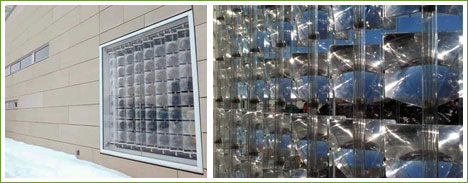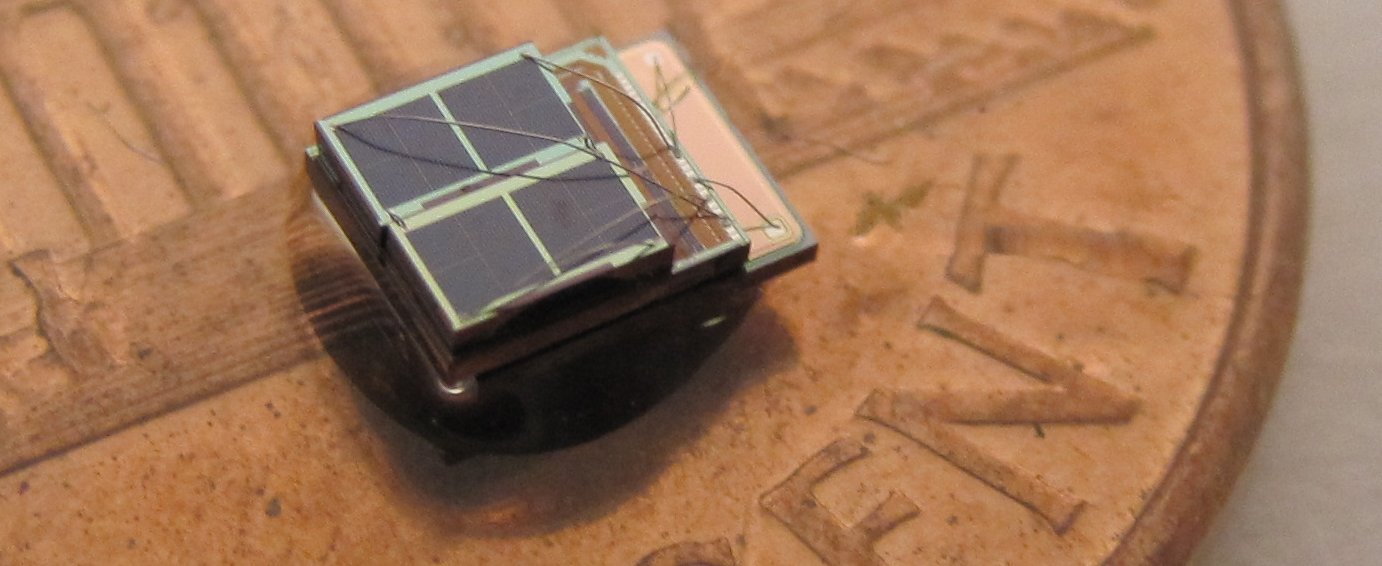Friday, March 12, 2010, 10:51 AM
Posted by Administrator
Posted by Administrator

From the article:
Just a few days ago, the $41 million Syracuse Center of Excellence in Environmental & Energy Systems (SyracuseCoE), a 55,000 square-foot building designed to LEED Platinum certification, was dedicated. The facility was built to be a living laboratory and platform to showcase technological innovation. Currently, the south facade of the laboratory wing includes a spot to test building envelope and window systems, and it's currently testing this innovative integrated concentrating dynamic solar facade.
The facade system provides electrical power, thermal energy, enhanced daylighting, and reduced solar gain, all at the same time. It was designed by the Center for Architecture Science and Ecology (CASE), which is a research consortium co-hosted by Rensselaer Polytechnic Institute and Skidmore, Owings & Merrill.
To find out more, follow the related link below.



 Calendar
Calendar




